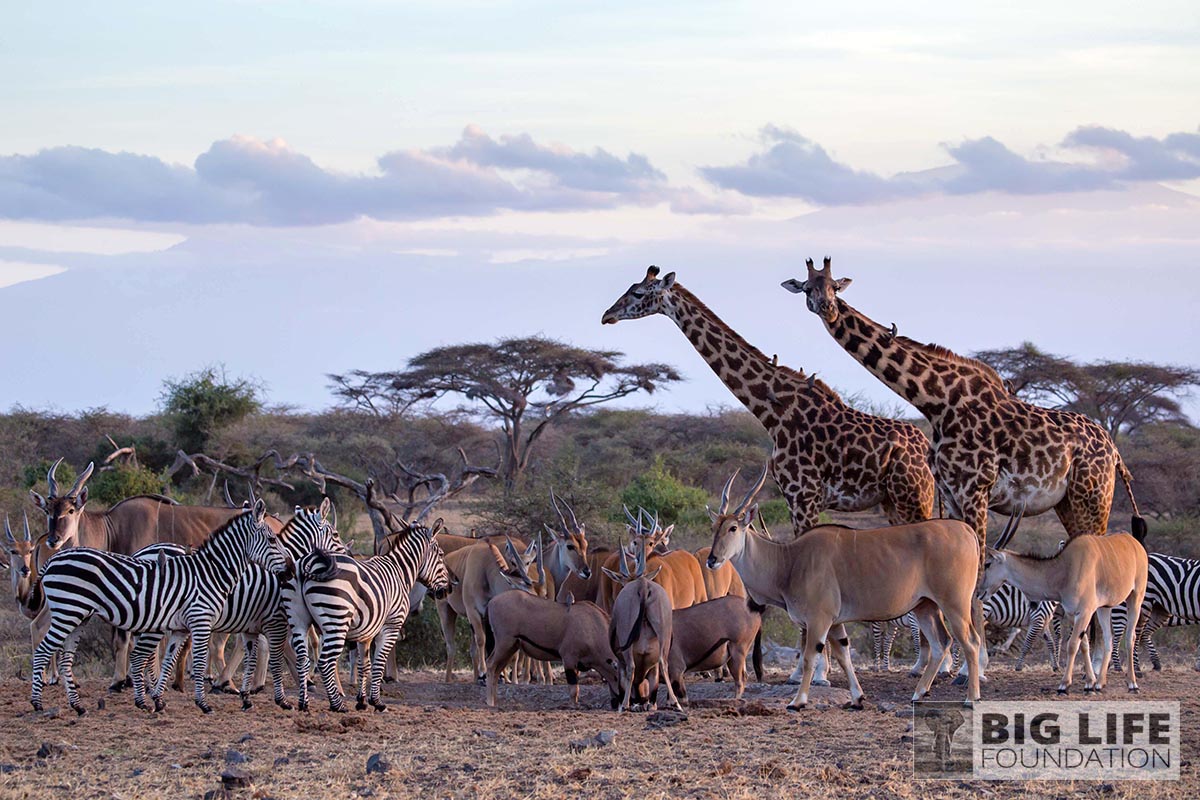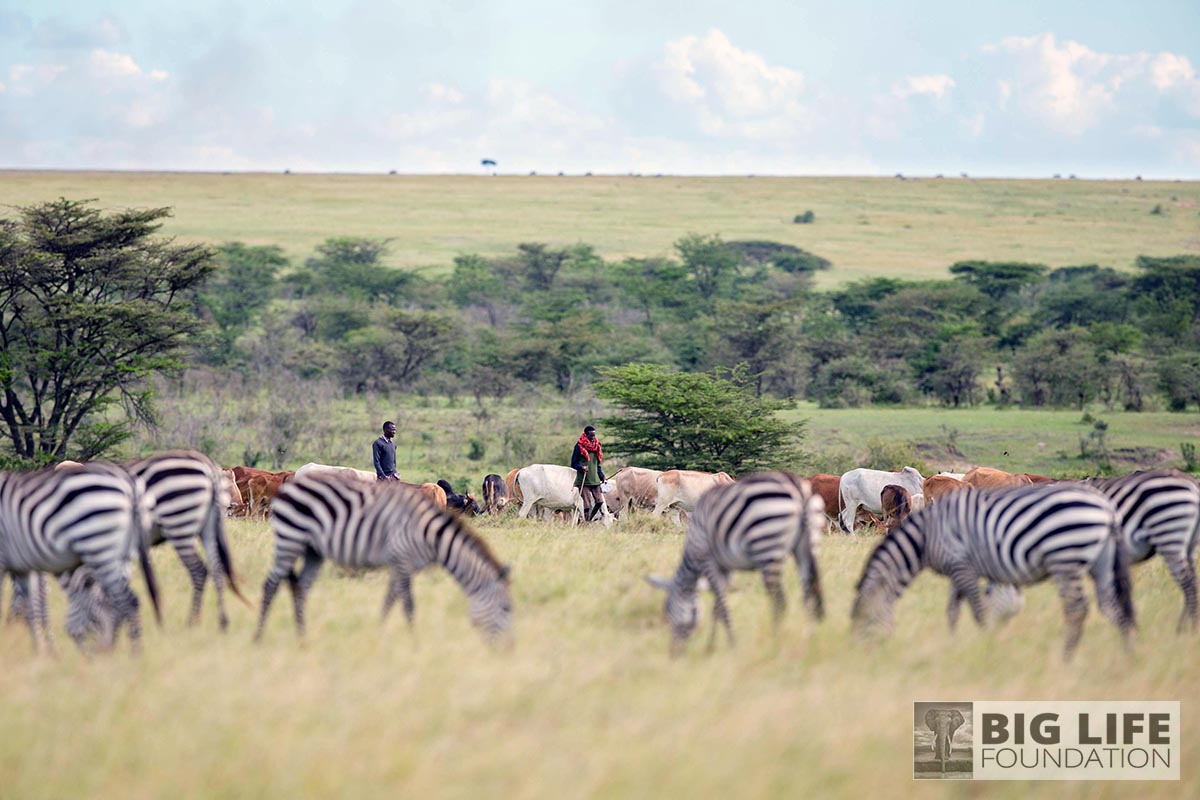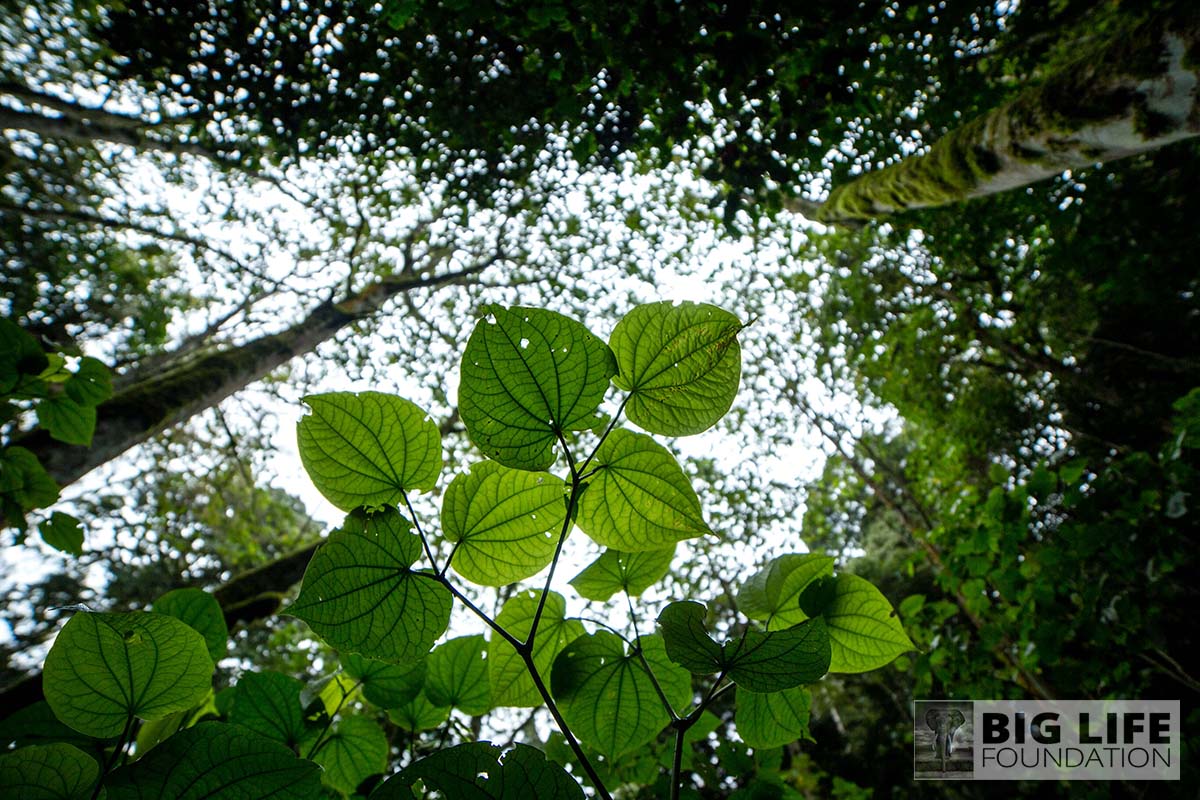The Greater Amboseli ecosystem is generally regarded as one of the riches wildlife areas left in Africa. Increasing human-wildlife conflict in the ecosystem is a direct result of wildlife and local communities competing for limited resources on the same shrinking land areas.
In order to reduce conflict, wildlife habitat must be strategically protected, and is an increasingly urgent program focus for Big Life.
Our habitat protection programs include:
“Straddling southern Kenya and northern Tanzania, Amboseli is amongst the richest wildlife areas in Africa.
Elephant, buffalo, zebra, wildebeest, hartebeest and gazelle migrate with the rains in search of green flushes and draw back to permanent swamps in search of water and pasture each dry season. Here densely packed herds attract an array of predators, including lion, leopard, cheetah and hyena. The dry bush country harbors giraffe, eland, gerenuk, lesser kudu and a host of smaller animals. Add a rich variety of birds and the dramatic backdrop of Kilimanjaro and it is no wonder that Amboseli is one of Africa’s most iconic landscapes, and a favorite tourist destination.
Amboseli owes its panoply of wildlife to a tapestry of habitats, from glaciers to alpine meadows forests, woodlands, arid bush, grasslands, swamps, seasonal lakes, lava flows and windswept barren flats flanked by high mountains. To the south the 19,600 feet Kilimanjaro towers over the lowland plains of Amboseli. To the east the young volcanic range of the Chyulus reaches into Tsavo West National Park. To the north rise a series of ever darker and more distant hills stretching to the Kenya highlands.”
~ David Western




